Into the fire: The alarming effects of climate change
Delhiwallas may have learnt to live with 43 degree heat, but Europe is wilting in the heat as a record heatwave continues to sweep across the northern hemisphere, causing forest fires, droughts and people to suffocate. Climate change is impacting what farmers can grow and what fishing boats can catch. As the planet gets warmer, some colder, northern regions in the world are benefiting from these changes, but the tropical and equatorial regions will be the worst hit
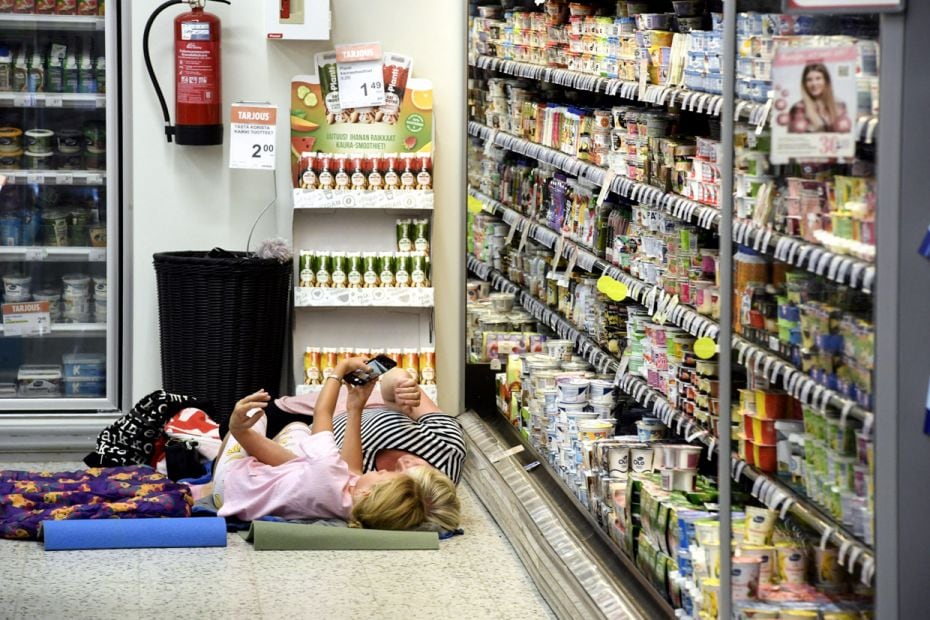
Image by : Lehtikuva/Heikki Saukkomaa/via Reuters
1/19
A local grocery store invited customers for a sleepover to cool off as the heatwave continues in Helsinki, Finland. Scientists have long warned that a warming planet will wreak more extreme weather patterns across the globe, from heatwaves to hurricanes. It is roughly 1° hotter today than before when the Industrial Age’s first furnaces began belching gases.
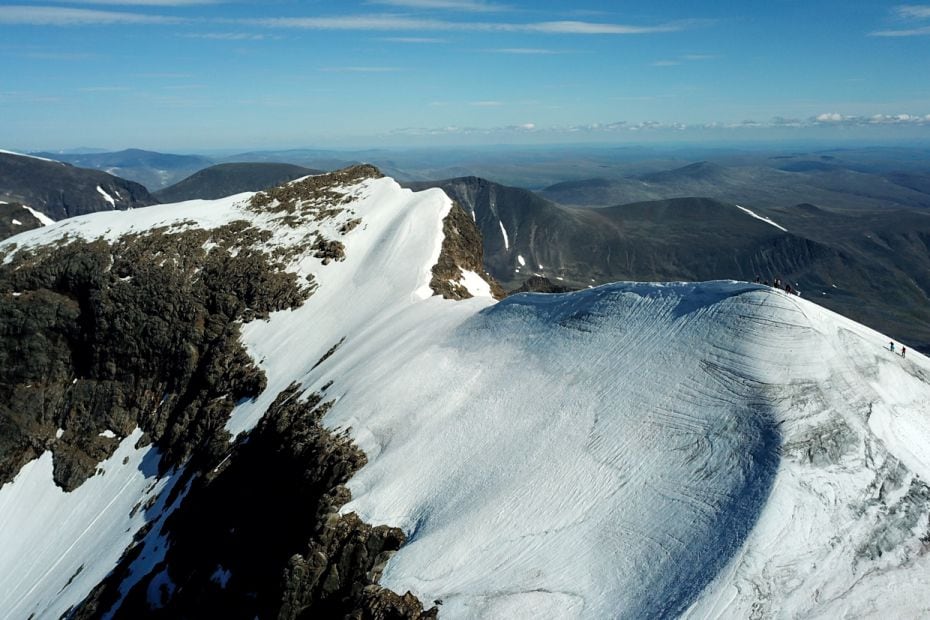
Image by : Joakim Sandberg/Shutterstock
2/19
Sweden’s tallest peak lost its title last week because record heat melted away its tip, a glacier that sits atop the southern peak of the Kebnekaise mountain. Located in far northern Sweden, Kebnekaise is a popular tourist spot. The climate change has badly affected the region’s reindeer herders too.

Image by : Kim-Kyung Hoon/Shutterstock
3/19
A young girl at a public fountain on a hot summer day in Tokyo. Roughly 125 have died in Japan as the result of a heatwave that pushed temperatures in Tokyo above 40ºC for the first time. Japan has declared its heatwave to be a natural disaster.

Image by : Lukasz Glowala/Agencja Gazeta/via Reuters
4/19
Long hours of sunlight and high water temperatures have created perfect conditions for toxic algae, seen on the beach in Gdynia, Poland. Poisonous to humans and animals, the algae interests scientists at the Polish Academy of Sciences' Oceanology Institute as the bloom contains a type of bacteria that could prove useful in the fight against microbial resistance.

Image by : Mads Claus Rasmussen/Ritzau Scanpix/via Reuters
5/19
Elephants of Cirkus Arena are being hosed down by local firefighters during a hot summer day in Gilleleje, Denmark.

Image by : Philippe Wojazer/Reuters
6/19
Bus driver Abdelkader poses in a bus wearing a bermuda, the new RATP uniform allowed during heat waves in the French capital, in Paris, France. In Nantes, a bevy of male bus and tram drivers sweltering in the 37-degree heat made headlines with an unusual protest against a ban on their wearing shorts. They turned up in skirts, which are allowed for female drivers!
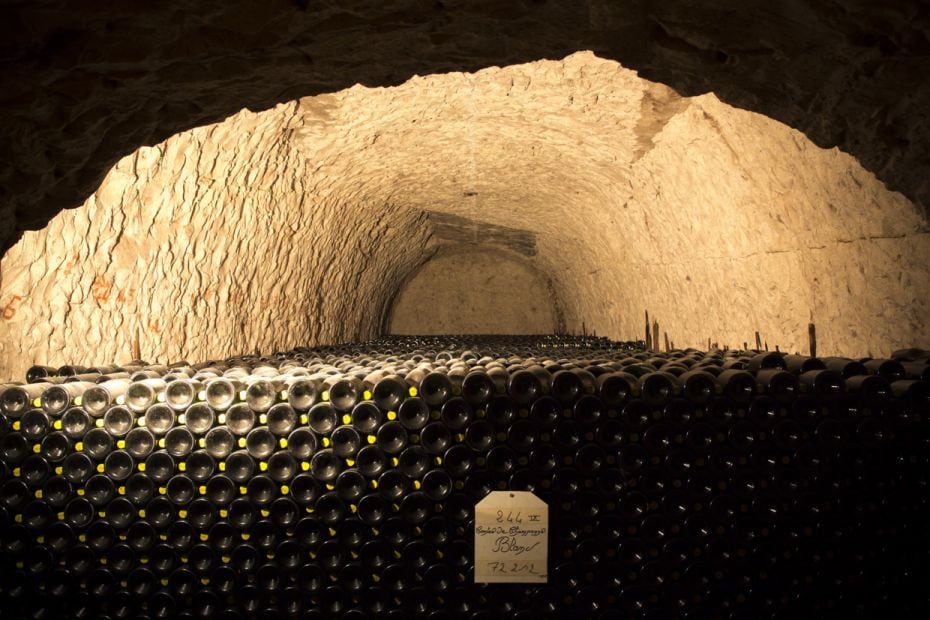
Image by : Tim Graham/Getty Images
7/19
The Champagne region in France, renowned for the sparkling wine that bears its name, is grappling with rising temperatures that affects the acidity and taste of the champagne. Over the last six months, the region has been two degrees hotter than normal. Warmer nights may ensure that grapes ripen, but it also results in lower acidity in the grapes. This doesn't spell good news because acidity is essential to the champagne’s taste, allowing the wines to age.
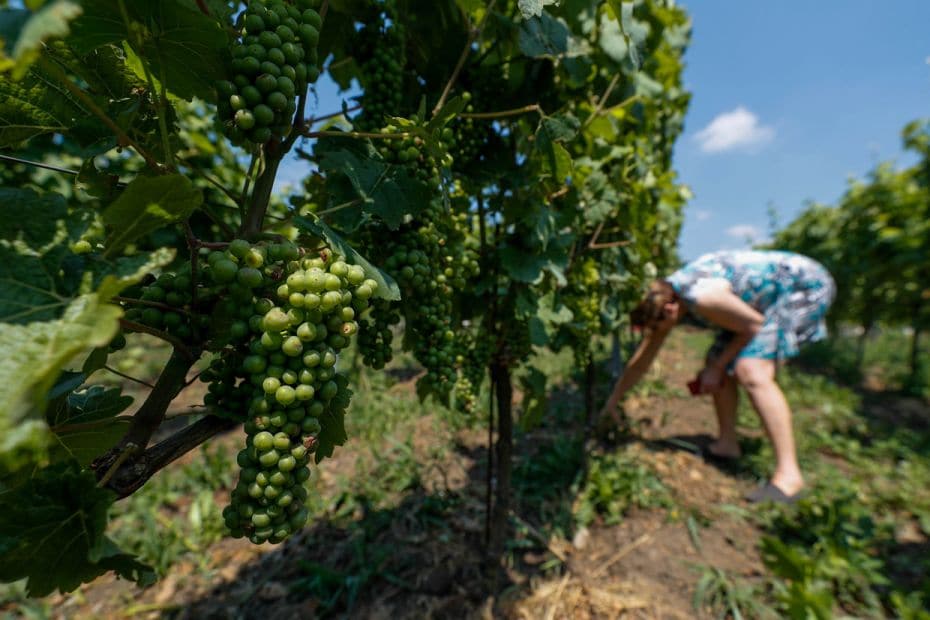
Image by : Yves Herman/Reuters
8/19
Belgian winemaker Annie Hautier works among vines at the Domaine du Chapitre in Baulers, Belgium. A warming climate has contributed to a quickly expanding wine industry in a country otherwise known for chocolate and beer. The grape growing area has expanded five-fold and production has quadrupled since 2006. The UK and Poland are now producing wine, and competing with France, as their climate changes to resemble the famous French wine producing regions.
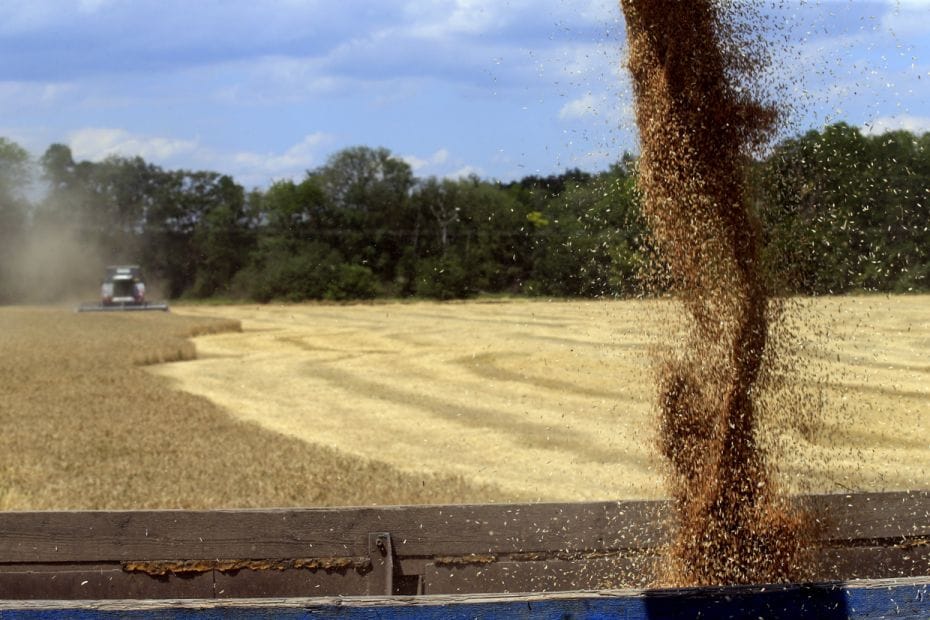
Image by : Ilya Naymushin/Reuters
9/19
A combine, taken with a drone, harvests wheat in a field of the "Zemlyaki" farm in Krasnoyarsk region, Russia. Global warming has helped Russia to expand its wheat yield, lowering global prices while the corn belt region in the US is expanding, with the growing season getting longer.
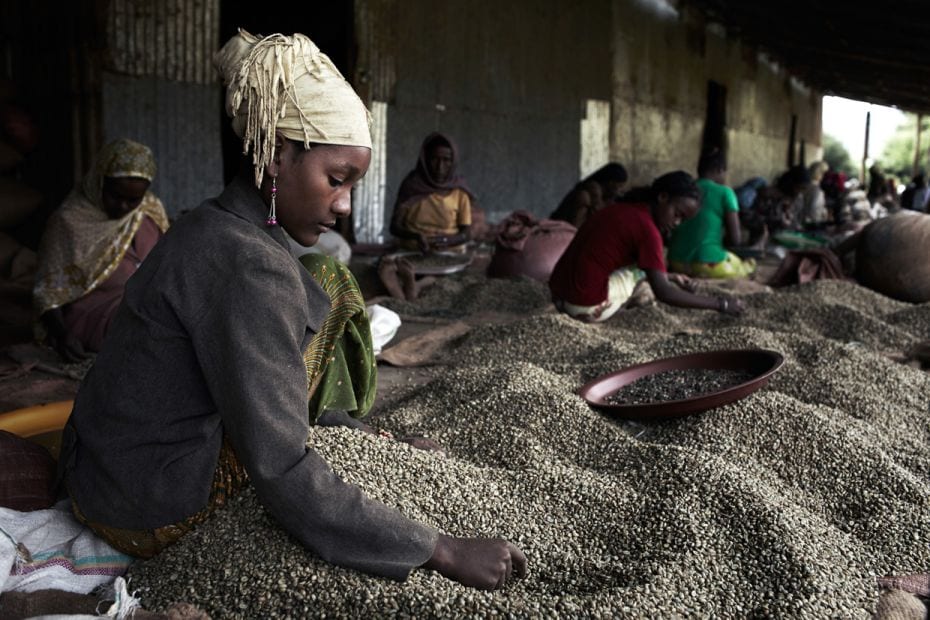
Image by : Per-Anders Pettersson/Getty Images
10/19
A young woman sorts coffee beans at the Kaffa Forest Farmers Cooperative Union outside Bonga, Ethiopia. Poor countries, like the Sub-Saharan Africa and Brazil, are losing billions of dollars a year to extreme weather events like droughts that destroy harvests. The worst hit countries are those who rely on a single crop for export revenues like Ethiopia with coffee. South and central American coffee growers have been hit by pests and disease which thrive in warmer temperatures.

Image by : Dan Kitwood/Getty Images
11/19
Pilgrims descend a rock face after a ceremony during the annual Qoyllurit'i (Snow and Star) festival in Ocongate, Peru. A warmer climate is melting much of the 'sacred' Qolqepunku's glaciers, and the rituals that were previously undertaken on the ice - believed to hold special healing properties - are now held on the rocky slopes. The disappearance of elements vital to a community’s beliefs, like ice, is threatening the survival of indigenous festivals like these.
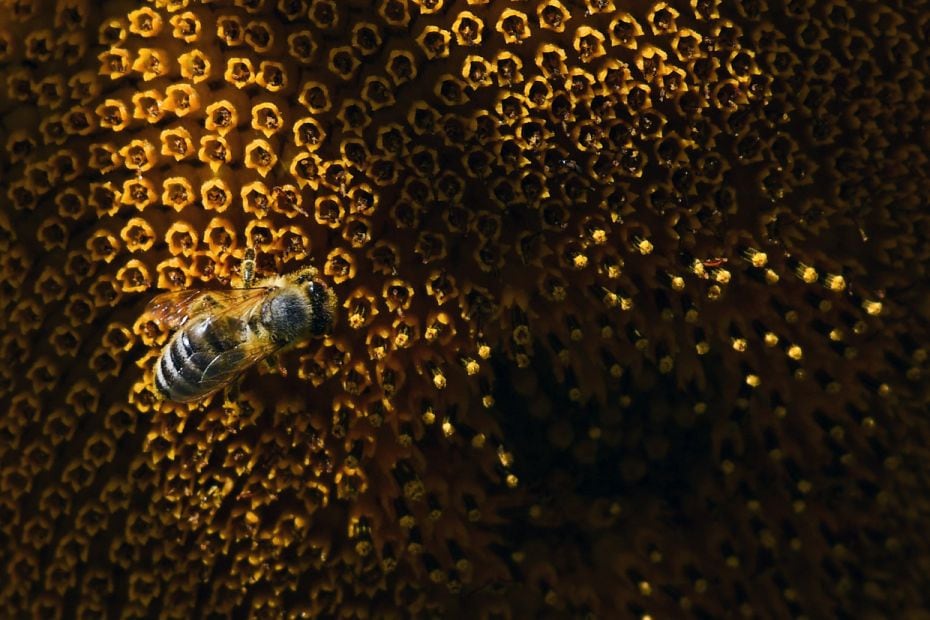
Image by : Ina Fassbender/AFP/Getty Images
12/19
Timing is everything in nature. Ecologists at the University of Ottawa presented a first global look at biological timing of 88 species that rely on another life form, and showed that on average, species are moving out of sync by about six days. Bees have to be around and flowers have to bloom at the same time for pollination to work, and hawks need to migrate at the same time as their prey. In many cases, global warming is interfering with that timing.
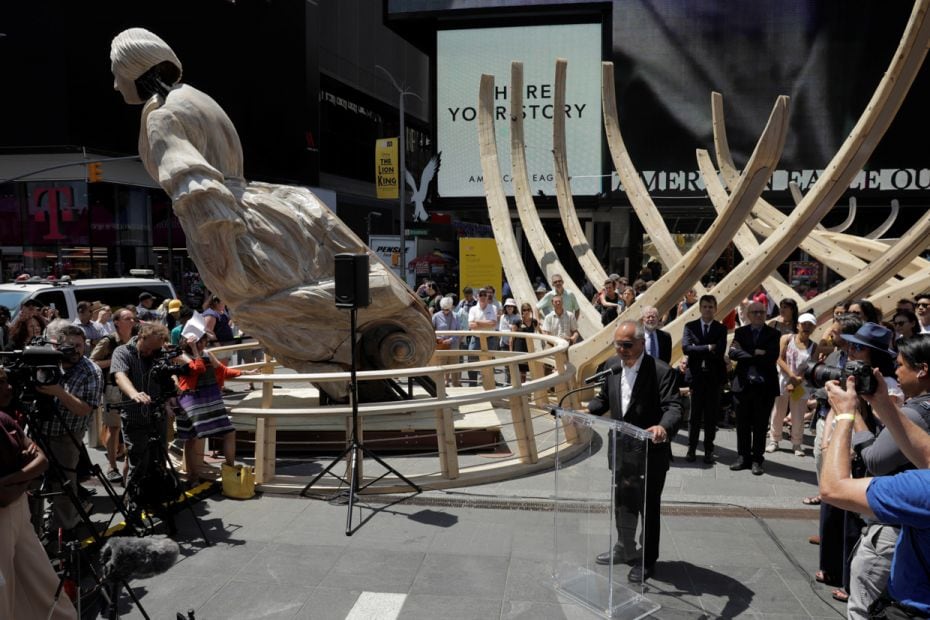
Image by : Lucas Jackson/ Reuters
13/19
Times Square was ‘flooded’ in a multi-media art display, aiming to show how climate change could lead to sea levels rising over low-lying sections of New York City. Using smartphones, visitors could see three-dimensional (3D) holograms of ships and marine life floating above them in the flooded square in an augmented reality display by artist Mel Chin titled ‘Unmoored’. Engineered by Microsoft, it immerses viewers into a six-minute film.
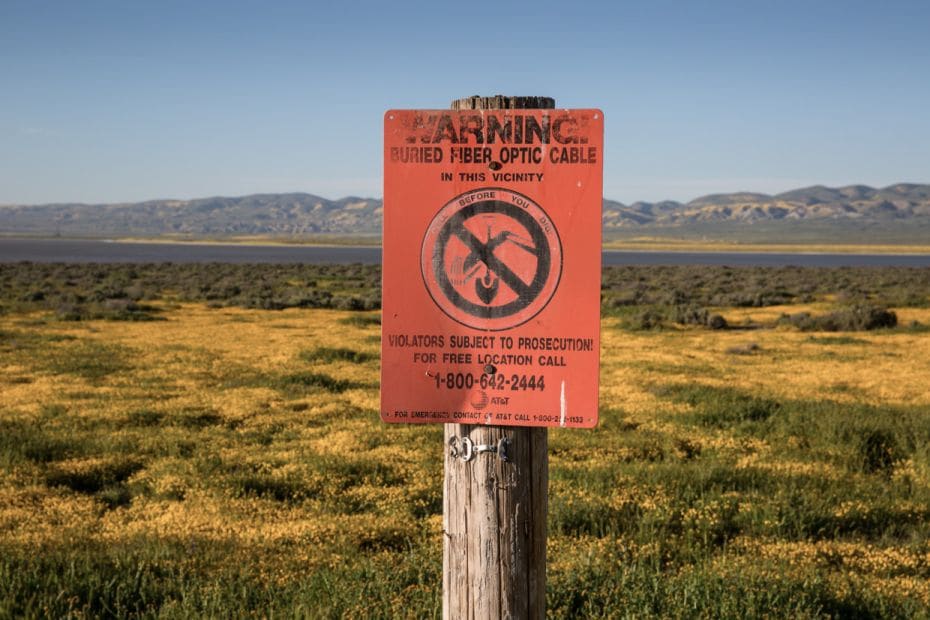
Image by : George Rose/Getty Images
14/19
Thousands of miles of underground internet cables crisscrossing coastal regions like New York, Seattle and Miami will be indundated by rising seas in the next 15 years. The study presented by computer scientists from University of Wisconsin-Madison is among the first to reveal the damage a changing climate will cause for the network of cables and data centres. The slight increases predicted for the next few years are enough to cover the cables and have a far-reaching impact around the world.

Image by : Sushavan Nandy / Barcroft Media via Getty Images
15/19
Ghoramara, an island in the Sundarban Delta complex of the Bay of Bengal is quickly disappearing due to erosion. The high tides and the continual rise in sea level swallow portions of land everyday. With a nearly 7,500 km coastline, the impact of climate change on India’s coasts will be far worse than previously understood. A new study by scientists of Indian Institute of Technology-Bombay (IIT Bombay) has found that winds are likely to intensify, affecting coastal sediment transport and shoreline erosion, leading to a greater vulnerability of the coastline.
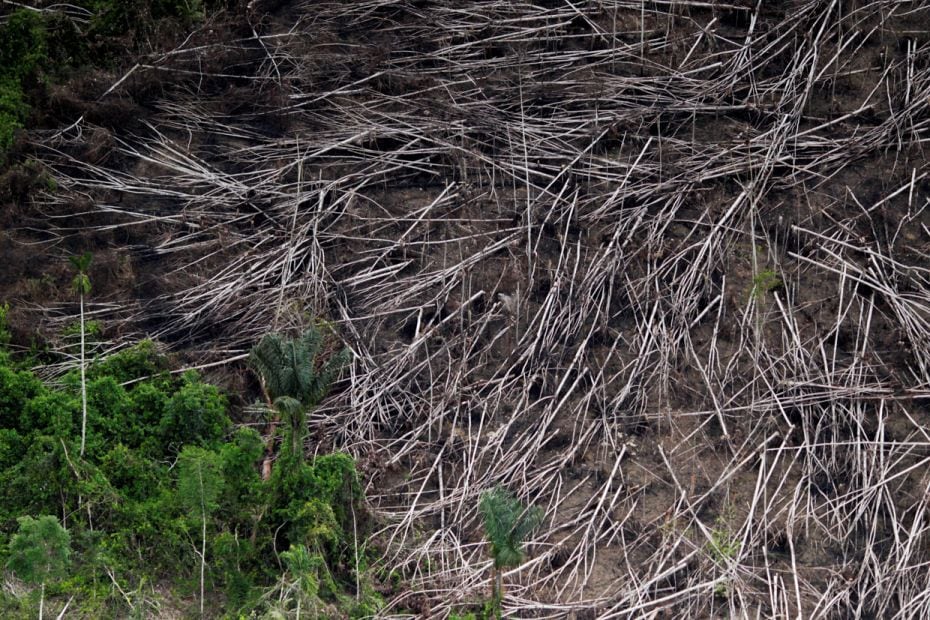
Image by : Ueslei Marcelino/Reuters
16/19
The world lost tree cover of 2,94,000 sq km, the size of Italy in 2017 as forests were cleared using fire to make way for farms from the Amazon to Congo basin, according to Global Forest Watch. Forest destruction is driving climate change and will threaten efforts to slow global warming. Brazil, Congo, Indonesia, Madagascar and Malaysia suffered the most losses, as vast areas were cleared for soy, beef, palm oil and other globally-traded commodities.
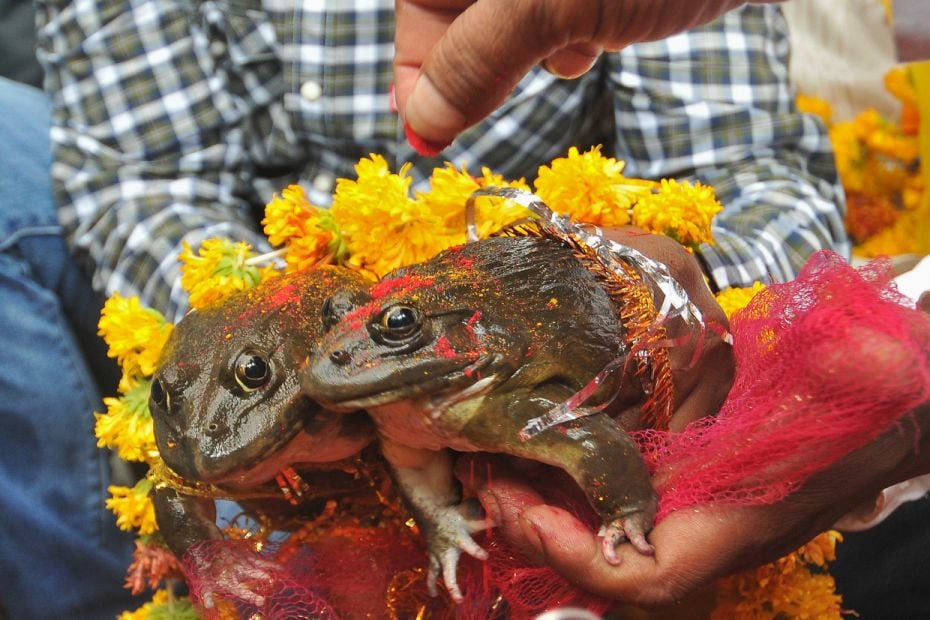
Image by : Stringer/Reuters
17/19
People solemnise a frog marriage in Nagpur, India, as a ritual plea to gods to bring rain. The Vidharbha region in Maharashtra is at the centre of inland regions in India that are at a far higher risk of economic losses due to rising temperatures, according to a South Asia’s Hotspots, a World Bank study. Seven of the ten major ‘hotspot’ districts mentioned in the report are in Vidharbha. The study found that nearly 600 million people in India today live in places that will become moderate or severe hotspots by 2050, when India is likely to see 2.8% drop in GDP.
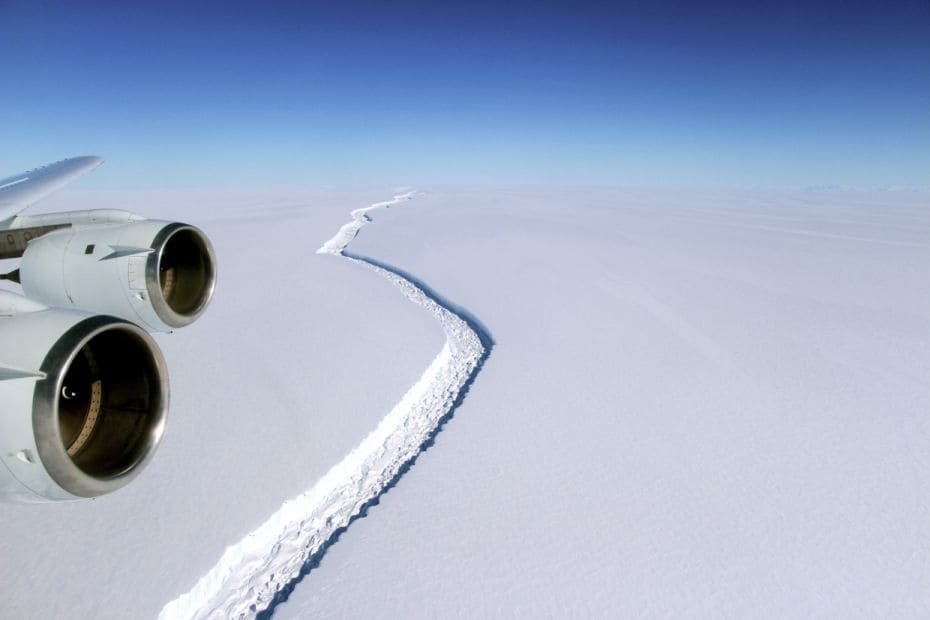
Image by : NASA via Reuters
18/19
A deep rift across the Larsen C Ice Shelf at the Antarctic Peninsula. Earth is at the risk of tipping into a ‘hothouse’ state beyond which human efforts to reduce emissions will be increasingly futile, leading climate scientists have warned. These tipping points include thawing permafrost, weakening carbon sinks, loss of methane hydrates from ocean floor, melting ice sheets, the loss of summer sea ice in the Arctic and the Antarctic. To avoid a catastrophe, we need not only reduce emissions, but create new carbon stores – by planting forests, conserving biodiversity and creating technologies to remove carbon dioxide from the air.
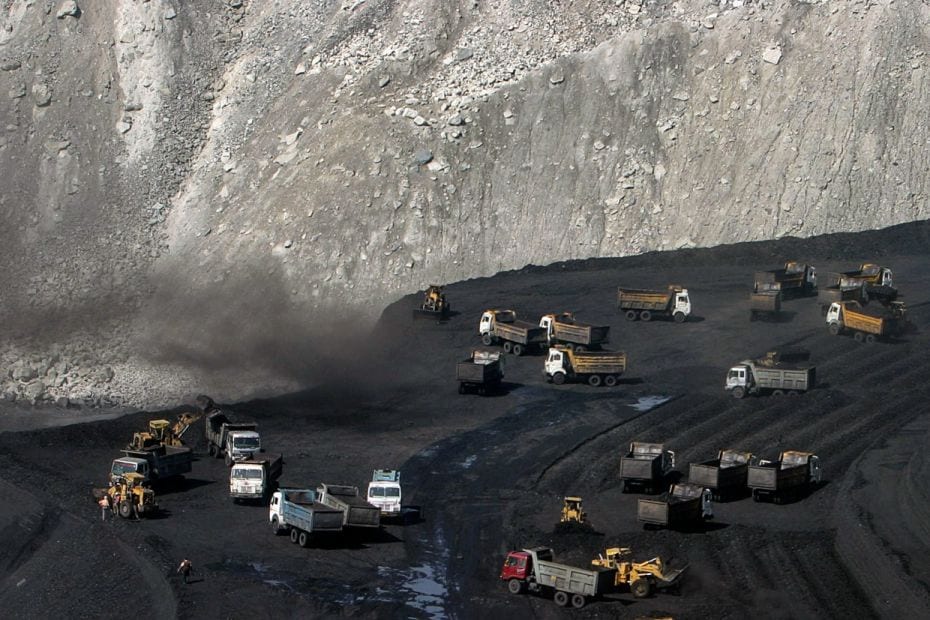
Image by : Rupak De Chowdhuri/Reuters
19/19
Low carbon technologies like solar panels, wind turbines and electric cars may have become cheaper and more efficient, yet enforcing global targets for decarbonisation is proving to be difficult. Energy consumption has risen by 40%, as Asia’s emerging economies forge ahead. The use of coal has grown, and countries like India and China find it hard to wean itself off fossil fuels. Coal generates not only 80% of India’s electricity, but also underpins the economies of some of its poorest states. The urgent need is a balance to clean out CO2 from the atmosphere without sacrificing the growth needed by developing countries to leave poverty behind.
























